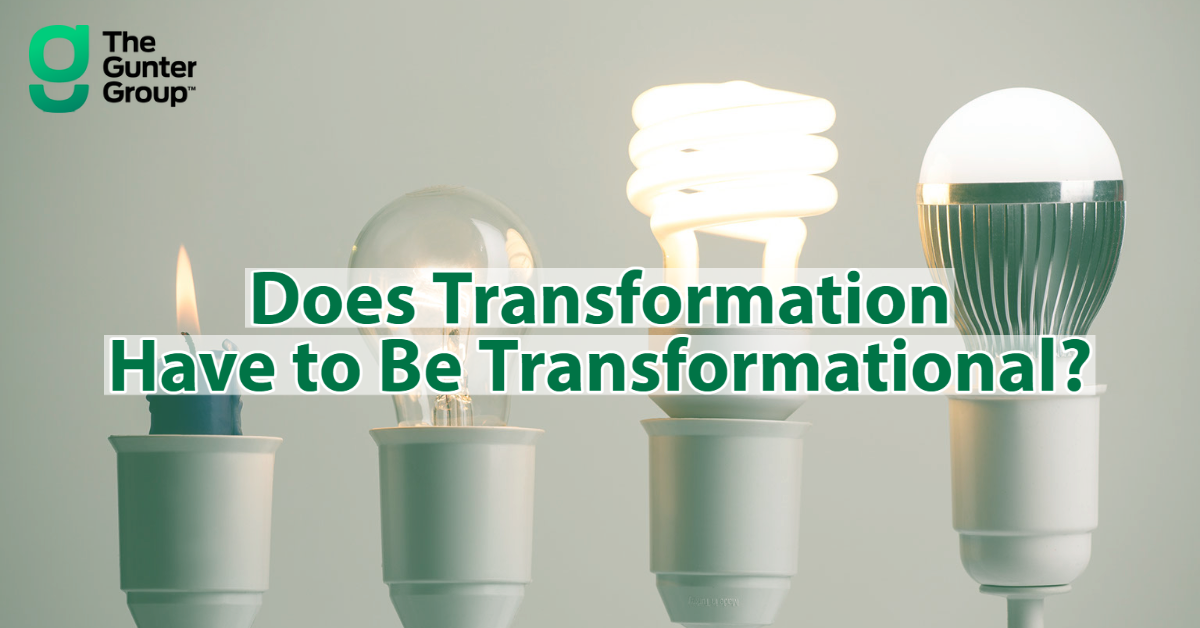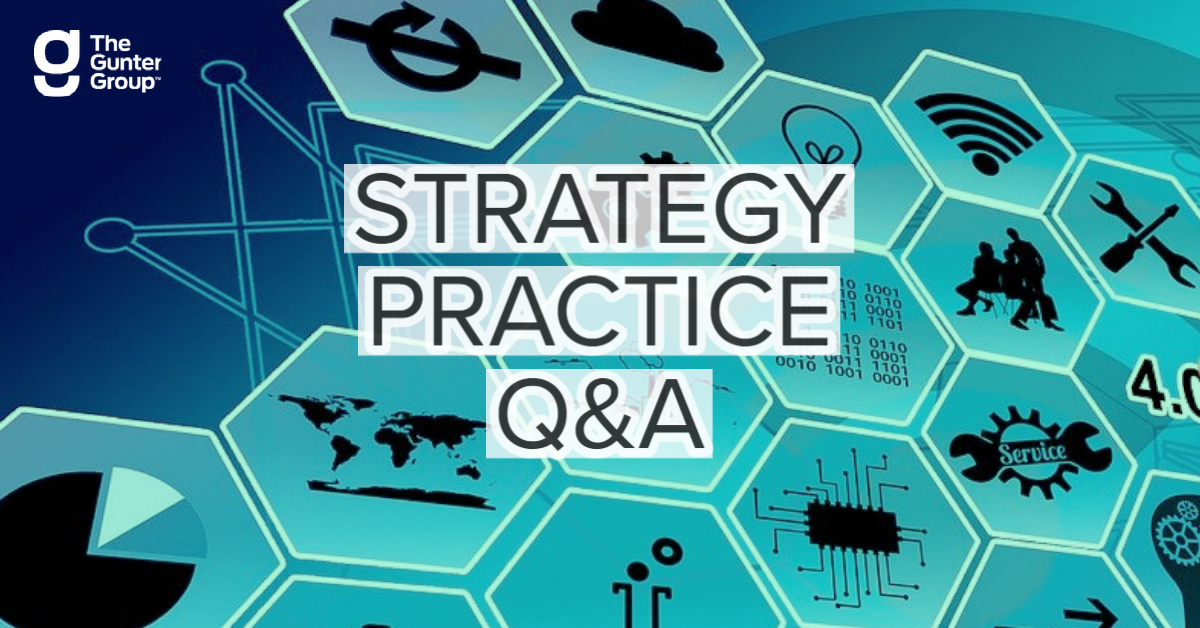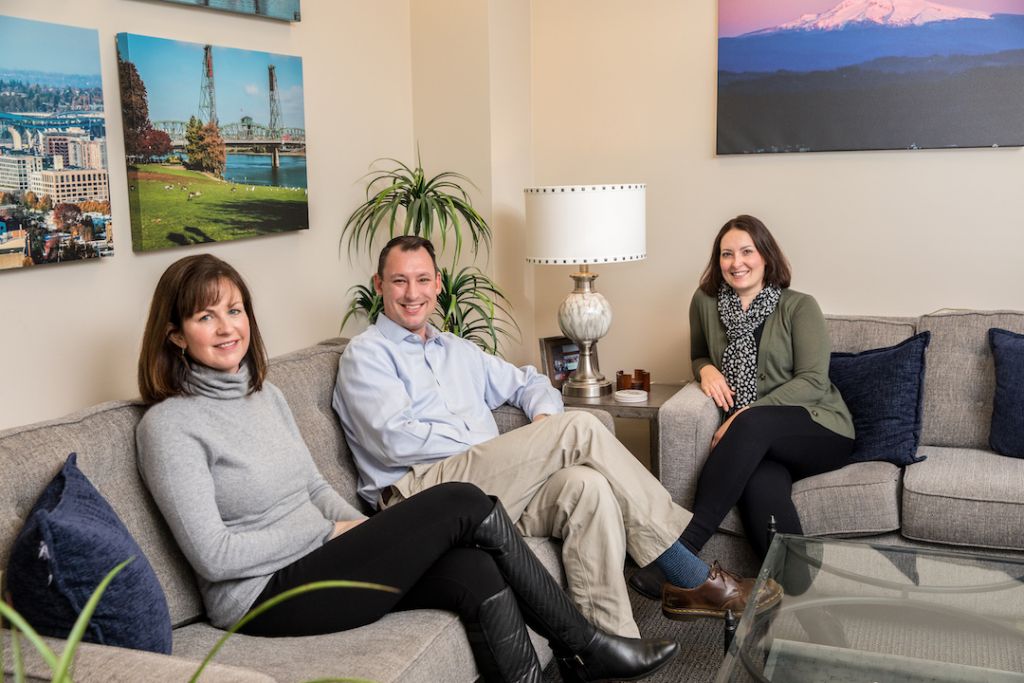Stephen Bacon, Principal and strategy leader at TGG, shares three key strategies for financial services firms to adapt their workforce to the transformative impact of AI. In this article published in Global Banking & Finance, learn how to embrace automation, focus on outcomes, and hire for future capabilities.
Tag Archives: Strategy
DOES TRANSFORMATION HAVE TO BE TRANSFORMATIONAL?
TGG’s Danny Quarrell explores how a mix of enablement projects alongside your game changing Transformational projects are key to a healthy Actuarial Transformation Program.
STRATEGY PRACTICE Q&A WITH STEPHEN BACON
Stephen Bacon, Service Delivery Manager for TGG’s Strategy Practice, shares how TGG uniquely approaches strategy work to support clients.
TGG STORY PUBLISHED IN OREGON BUSINESS MAGAZINE
Along with being named the #4 Best Company to Work For in Oregon (medium business category), Oregon Business published an article highlighting The Gunter Group’s brand story.



